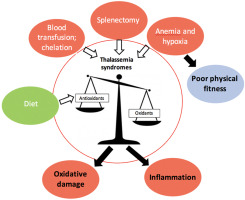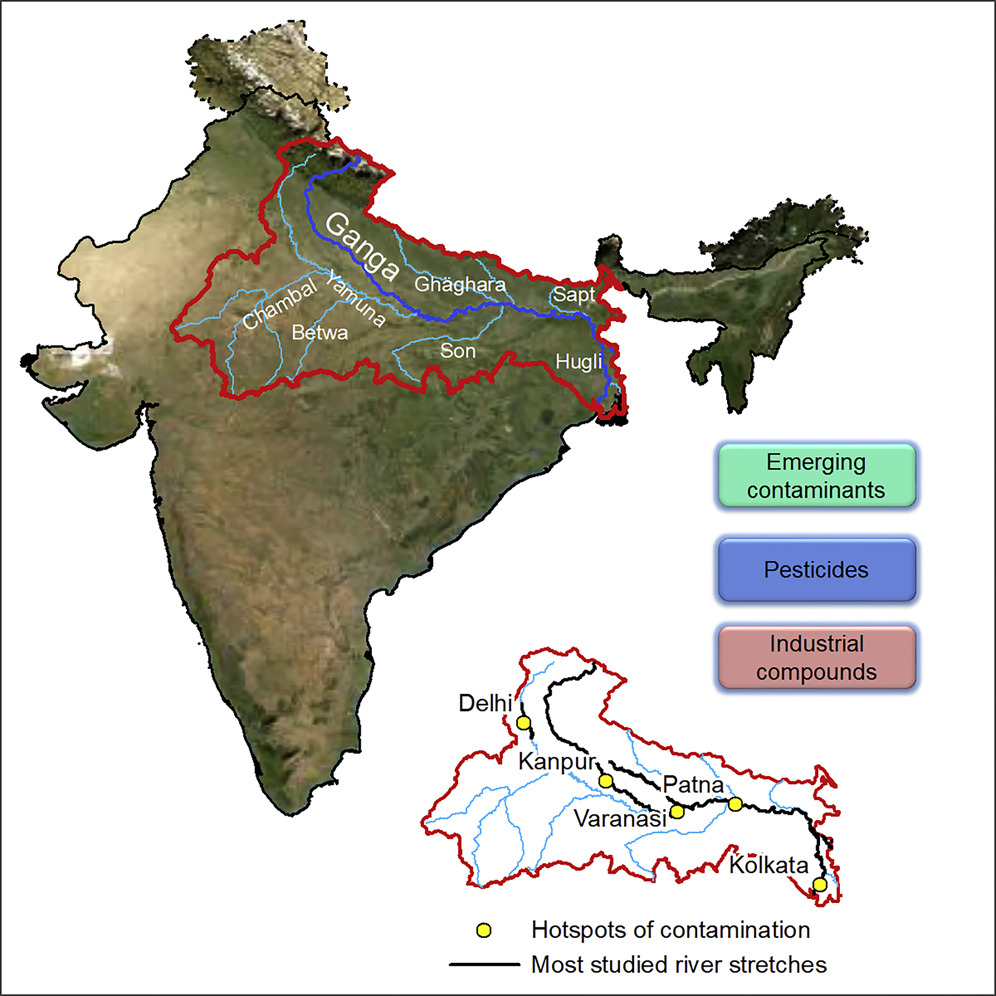Elsevier,
Environmental Resilience and Transformation in Times of COVID-19, Climate Change Effects on Environmental Functionality, 2021, Pages 273-288
This book chapter addresses SDG 11 and 13 by showcasing the existing gaps in SDG progress in Asia and how this has challenged the region to hardly achieve the 2030 targets for any of the 17 Goals.
The effect of the river chief system on reducing agricultural NPS pollution is explored in this study using panel data from 308 Chinese counties during the period from 2004 to 2015.
The goal of this review is to highlight the implications of climate change on the health of Karachi residents and actions which need to be undertaken for the betterment of future environmental policies.
The research investigates whether the current feed-in tariff (FIT) policy in Hong Kong SAR can ensure the development of solar photovoltaic (PV) systems.
Purpose: Cancer is a key influence on psychosocial and emotional distress among patients. Problems that advanced cancer patients in the western world face have been widely explored, but these findings may not be applicable in the non-western world due to the cultural differences. Exploring the problems of advanced cancer patients will help professionals plan appropriate therapeutic interventions to take care of the patients' physical, emotional, social and practical needs. Hence, this study aims to explore the psychosocial and emotional problems of advanced cancer patients in India.
In the β-thalassemias, oxidative stress, resulting from chronic hemolysis, globin chain imbalance, iron overload and depleted antioxidant defences, likely contributes to cell death, organ damage, anemia, hypoxia and inflammation. We assessed variations in these parameters in β-thalassemia syndromes in Sri Lanka.
It reviews the international experience to end poverty in all its forms everywhere.
Implementation of the effective mitigation scenarios discussed in the article might help China, as a signatory to the 2015 United Nations Framework Convention on Climate Change (Paris Agreement), to achieve a 30% reduction in crop yield-scaled N2O emissions by 2030.
Water yield services on the Qingzang Plateau (QP) have profound impacts on the social and economic development of China as well as other parts of Asia. This study analyzes spatiotemporal variations of water yield on the Qingzang Plateau over the past three decades (1982-2015) and driving factors, one of which is lake changes influenced by glacial meltwater caused by global warming. The findings provide scientific support for formulating regional water resources policy, social and economic development planning and other macro decisions for the QP.
The Ganga basin includes some of the most densely populated areas in the world, in a region characterized by extremely high demographic and economic growth rates. Although anthropogenic pressure in this area is increasing, the pollution status of the Ganga is still poorly studied and understood. In the light of this, we have carried out a systematic literature review of the sources, levels and spatiotemporal distribution of organic pollutants in surface water and sediment of the Ganga basin, including for the first time emerging contaminants (ECs).


